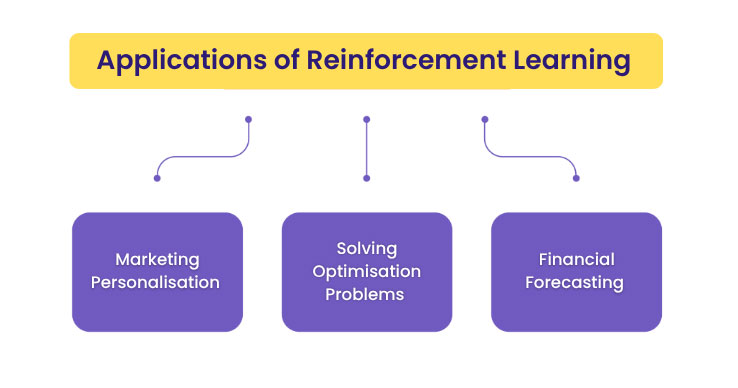In machine learning, an algorithm is a set of instructions for a computer to learn from a dataset and make predictions or decisions. Algorithms are used to train models on a given dataset, and then use those models to make predictions on new, unseen data.
There are several types of machine learning algorithms, including supervised learning, unsupervised learning, semi-supervised learning, and reinforcement learning.
Supervised learning algorithms are used to predict a target variable based on one or more input variables. Examples include linear regression and logistic regression.
Unsupervised learning algorithms are used to find patterns or structures in a dataset without a specific target variable. Examples include k-means clustering and principal component analysis.
Semi-supervised learning algorithms are a combination of supervised and unsupervised learning, where the algorithm is provided with some labeled data and some unlabeled data.
Reinforcement learning algorithms involve an agent that learns to make decisions through trial and error in an environment.
Each algorithm has its own strengths and weaknesses and the choice of algorithm depends on the specific problem and dataset.
Popular Machine Learning Algorithms
Some popular Machine Learning Algorithms include:
- Linear Regression
- Logistic Regression
- Decision Trees
- Random Forest
- Support Vector Machines (SVMs)
- K-Nearest Neighbors (KNN)
- Gradient Boosting (GBM)
- XGBoost
- Neural Networks (NNs)
- Convolutional Neural Networks (CNNs)
- Recurrent Neural Networks (RNNs)
- Long Short-Term Memory (LSTM)
- Generative Adversarial Networks (GANs)
- Autoencoder (AE)
- Transformer
Note that this list is not exhaustive and there are many other algorithms and variations of the above that can be used depending on the specific problem and dataset.
Comparison of Popular Machine Learning Algorithms
Different machine learning algorithms have different strengths and weaknesses and are suitable for different types of problems. Here is a brief comparison of some popular Machine learning algorithms:
- Linear Regression: Simple and easy to implement, good for predicting continuous target variables. However, it assumes a linear relationship between input and output variables and cannot handle non-linear relationships.
- Logistic Regression: Also simple and easy to implement, good for binary classification problems. It can also handle non-linear relationships by using polynomial terms.
- Decision Trees: Easy to interpret and visualize, can handle both continuous and categorical variables. However, they are prone to overfitting and can become very complex.
- Random Forest: An extension of decision trees, it combines multiple trees to reduce overfitting. It can handle both continuous and categorical variables, good for classification and regression problems.
- Support Vector Machines (SVMs): Good for high-dimensional and non-linearly separable problems, and can handle both classification and regression problems. However, they can be sensitive to the choice of kernel and the scale of the input variables.
- K-Nearest Neighbors (KNN): Simple and easy to implement, good for classification and regression problems. However, it can be computationally expensive for large datasets and can be sensitive to the choice of the value of k.
- Gradient Boosting (GBM): A powerful ensemble method, good for both classification and regression problems. It can handle both continuous and categorical variables but can be sensitive to the choice of parameters and require a lot of fine-tuning.
- Neural Networks (NNs): Good for complex and non-linear problems, and can handle both classification and regression problems. However, they require a lot of data and can be sensitive to the choice of architecture and parameters.
- Convolutional Neural Networks (CNNs): Good for image classification and recognition problems.
- Recurrent Neural Networks (RNNs) and Long Short-Term Memory (LSTM): good for sequence data such as text, speech, and time series.
Again, this list is not exhaustive and there are many other algorithms and variations of the above that can be used depending on the specific problem and dataset.
Hope you liked reading the article, A Comparison of 10 Popular Machine Learning Algorithms. Please share your thoughts in the comments section below.







3 thoughts on “A Comparison of 10 Popular Machine Learning Algorithms”